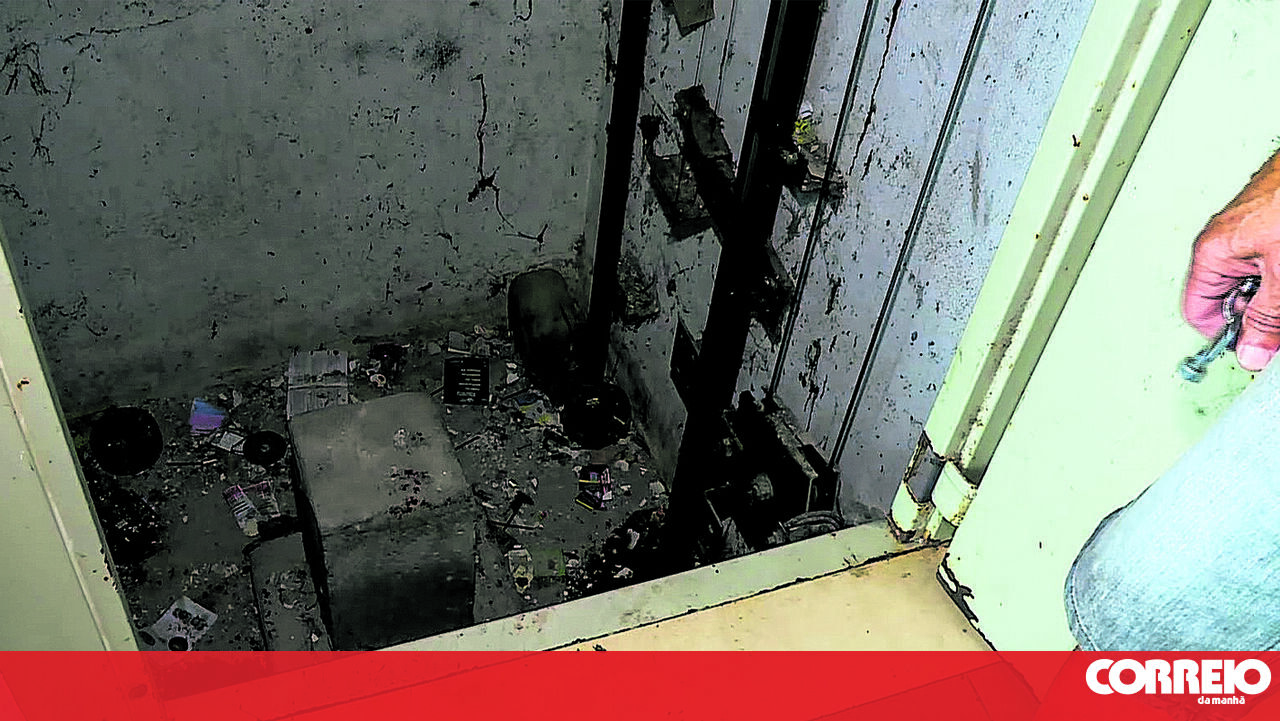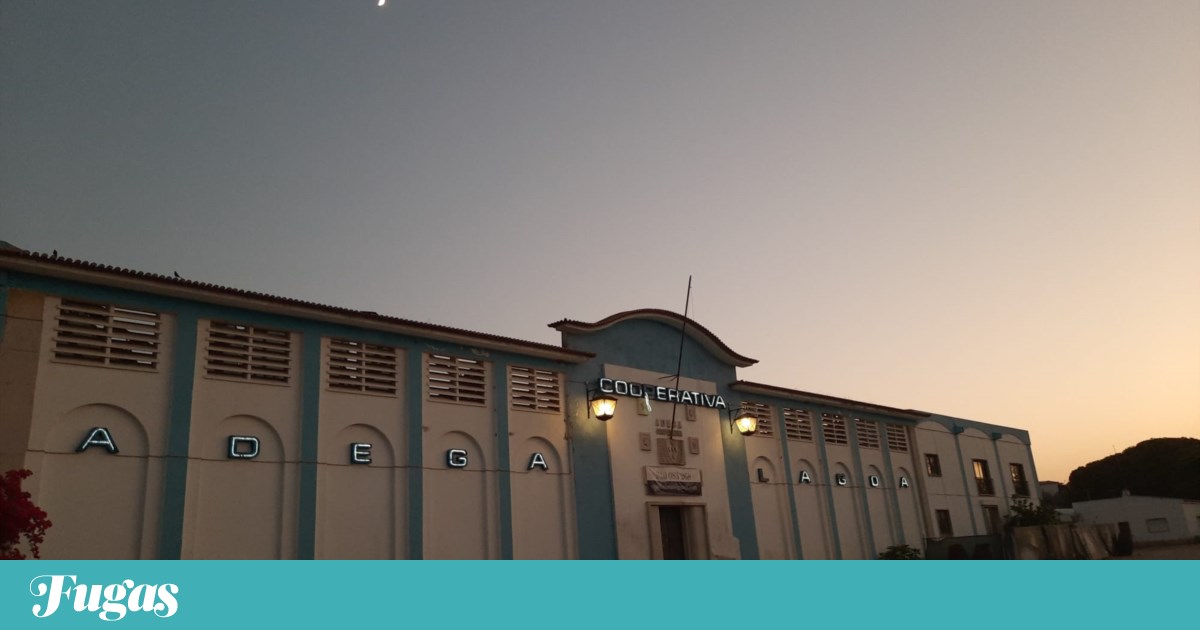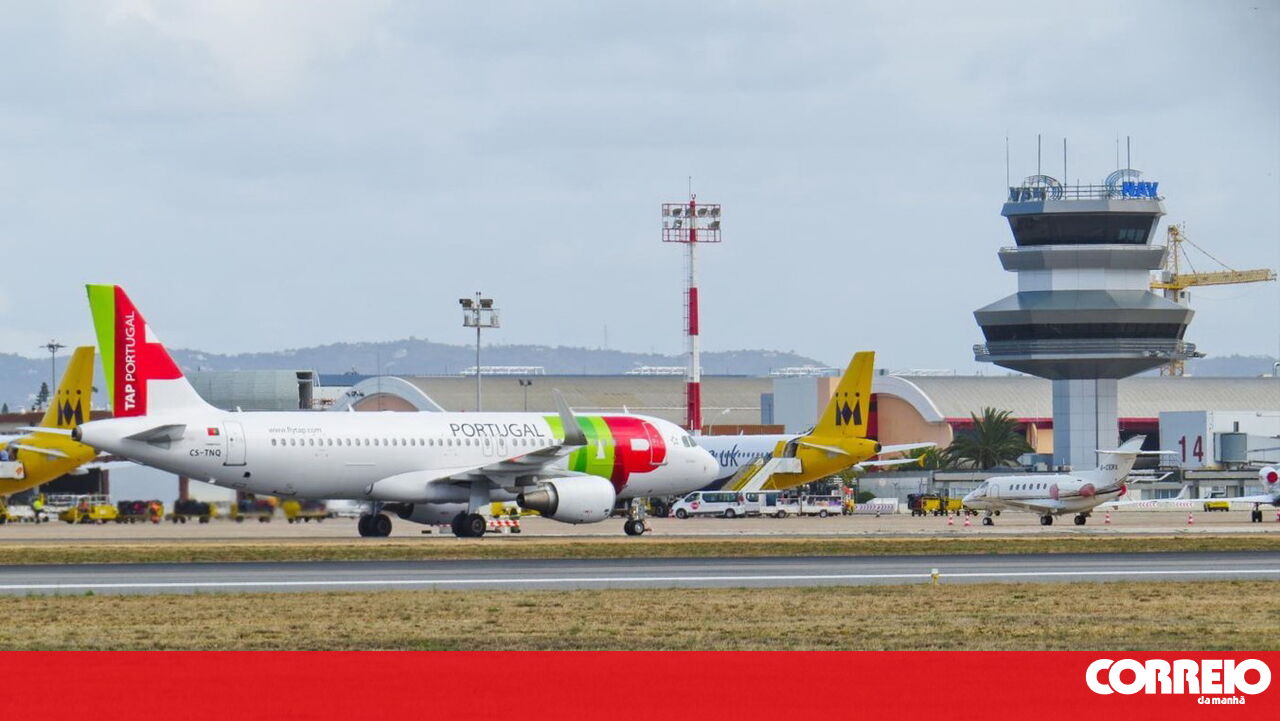OSI Maritime Systems to Equip Portuguese Navy
OSI Maritime Systems has secured a contract to deliver advanced navigation solutions for the Portuguese Navy's upcoming Viana do Castelo-class offshore patrol vessels. This agreement will implement the company's Integrated Navigation and Tactical System (INTS), facilitating paperless transits at sea.
The technology will feature the Electronic Chart Display and Information System 7 (ECPINS 7), which adheres to NATO standards for bathymetric data, water space management, and tactical symbols. Additionally, ECPINS 7 integrates modules for operations without Global Navigation Satellite System support and tasks involving aircraft.
Upon integration, these navigation systems are poised to significantly enhance the operability of the Castelo fleet, particularly in areas prone to poor satellite connectivity or heavy signal jamming.
Jim Davidson, OSI Maritime Systems' VP of Business Development, expressed excitement about delivering state-of-the-art bridge systems, stating, "Portugal is one of OSI's longest-standing customers, and we are thrilled to provide the latest navigation technologies."
Ken Kirkpatrick, CEO of OSI Maritime Systems, highlighted the company's reputation for efficiently delivering complex integrated bridge systems. He noted the collaboration with West Sea, the builder of Portugal’s future offshore patrol vessels.
The Viana do Castelo Program
The Viana do Castelo program aims to replace aging naval assets, including the Cacine-class patrol boats and Baptista de Andrade-class corvettes. The initiative focuses on enhancing capabilities for search and rescue, fishery protection, oil recovery, and anti-pollution in both domestic waters and the North Atlantic Ocean.
Four vessels from this program were commissioned between 2011 and 2017, with six additional hulls ordered in 2018. Construction is set to continue until 2030. Each 83-meter (272-foot) patrol vessel can accommodate up to 60 personnel and is outfitted with a 30-millimeter weapon system, heavy machine guns, and small machine guns. Powered by twin Wärtsilä diesel engines, these ships can reach speeds of 21 knots (39 km/h).






















Comments
Join Our Community
Sign up to share your thoughts, engage with others, and become part of our growing community.
No comments yet
Be the first to share your thoughts and start the conversation!